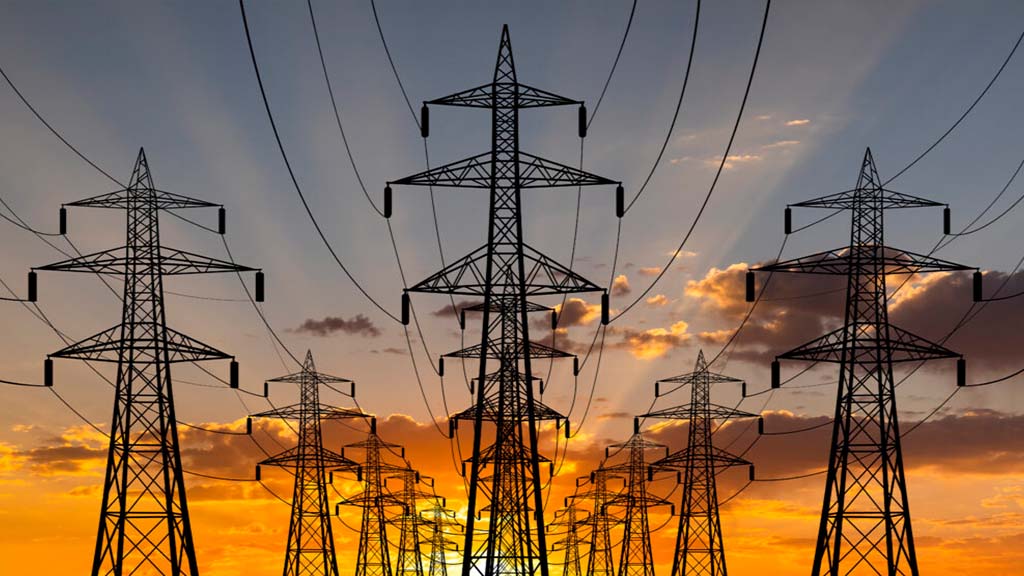- Reuters
- 3 Hours ago

Power consumption growth declines by over 3 per cent in six years
-
- Web Desk
- Aug 29, 2024

WEB DESK: The National Electric Power Regulatory Authority (NEPRA) has expressed growing concerns over the continuous decline in power consumption growth.
This issue came to light during a presentation by Wajid Chattha, a representative from the National Power Control Centre (NPCC), who briefed the Authority on the current state of power generation and consumption patterns.
According to the NPCC, in July 2018, the total energy generated by the national grid was 13,740 GWh, with daylight generation (from 8:00 am to 4:00 pm) accounting for 5,250 GWh, or 38 per cent of the total.
This decrease in consumption during daylight hours has sparked discussions within NEPRA, particularly concerning the impact of changing consumption patterns on the overall energy market.
According to Business Recorder, one of the key points raised was the sale of electricity generated during peak hours at lower rates, largely due to the increased adoption of solar photovoltaic (PV) systems across the country. This shift has led to a reduction in the sale of electricity by distribution companies (Discos).
However, officials from the Central Power Purchasing Agency-Guarantee (CPPA-G) clarified that the Fuel Cost Adjustment (FCA) is calculated based on the total energy generation, ensuring that consumers are not being charged more for peak-time electricity.
Electricity consumption growth has slowed to an average of 3.18 per cent over the past six years (2018-2024). This decline is attributed to several factors, including high electricity prices, broader economic conditions, widespread solar adoption, and a reduction in cheaper hydropower generation.
The issue was thoroughly debated during a NEPRA public hearing regarding CPPA-G’s request for a negative adjustment of 31 paisas per unit in the FCA for July 2024.
This adjustment would result in a refund of Rs4.5 billion to consumers using more than 300 units per month, with the credit to appear in their September 2024 bills. Consumers using up to 300 units per month are already receiving a subsidy.
In July 2024, the total electricity generation increased slightly to 14,818 GWh, with daylight generation contributing 5,357 GWh, or 36 per cent of the total. Despite this increase, NEPRA remains concerned about the overall decline in consumption, which dropped by 3 per cent compared to the reference period.
Mathar Niaz Rana, NEPRA’s Member for Tariff and Finance, questioned the reliability of the NPCC’s figures, noting that the reported growth in electricity consumption does not align with the country’s population growth.
He requested a further analysis of the NPCC’s data to determine how future electricity generation projects will be justified given the marginal growth in consumption.
Read next: Third consecutive petrol, diesel price cut on the cards for Pakistanis






